|
Keynote Speakers
 |
Philippe Ackerer
Laboratoire d’Hydrologie et de Géochimie de Strasbourg (France)
TITLE OF TALK: Parameter Estimation using Zonation Indicators
Philippe Ackerer is Directeur de Recherche at CNRS (French National Research Center). He is working on the development of numerical methods and parameter estimation methods for flow and transport in porous media. He is the head of the ‘Laboratoire d’Hydrologie et de Géochimie’ of the University of Strasbourg. |
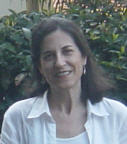 |
Pilar Garcia
Lecturer in Fluid Mechanics, University of Zaragoza, Spain
TITLE OF TALK: Finite Volumes for the Simulation of Unsteady Shallow Water Flows
Pilar Garcia is lecturer in Fluid Mechanics at the University of Zaragoza since 1997 and
has been working on the development of numerical methods for surface water flow since 1987.
|
 |
William Gray
University of North Carolina at Chapel Hill - Department of Environmental Sciences and Engineering, United States
TITLE OF TALK: On the Importance of Model Consistency Across Scales
Bill Gray has been a professor at the University of North Carolina in Chapel Hill since 2003. While at UNC, he has been working with his colleague, Professor Cass T. Miller, on the thermodynamically constrained averaging theory (TCAT), a rigorous method for transferring the description of the mechanics and thermodynamics of porous media problems across scales. He is former editor of the journals Advances in Water Resources and Water Resources Research.
|
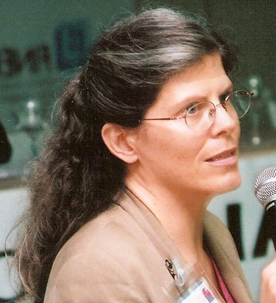 |
Mary C. Hill
U.S. Geological Survey, United States
Dr. Mary C. Hill is a senior research hydrologist with the U.S. Geological Survey in Boulder, Colorado. As a GS-ST, she is at the highest level a scientist can attain in the US Government. She authored MODFLOWP, PCG2 (the popular solver for MODFLOW), and articles on solvers, nonlinear regression, confidence intervals, and calibration methodology. She co-authored UCODE, MODFLOW-2000, UCODE_2005, OPR-PPR, and MMA. She is presently focusing the utility of computationally frugal linear sensitivity analysis methods in a range of fields and on the relation between model calibration and prediction accuracy. |
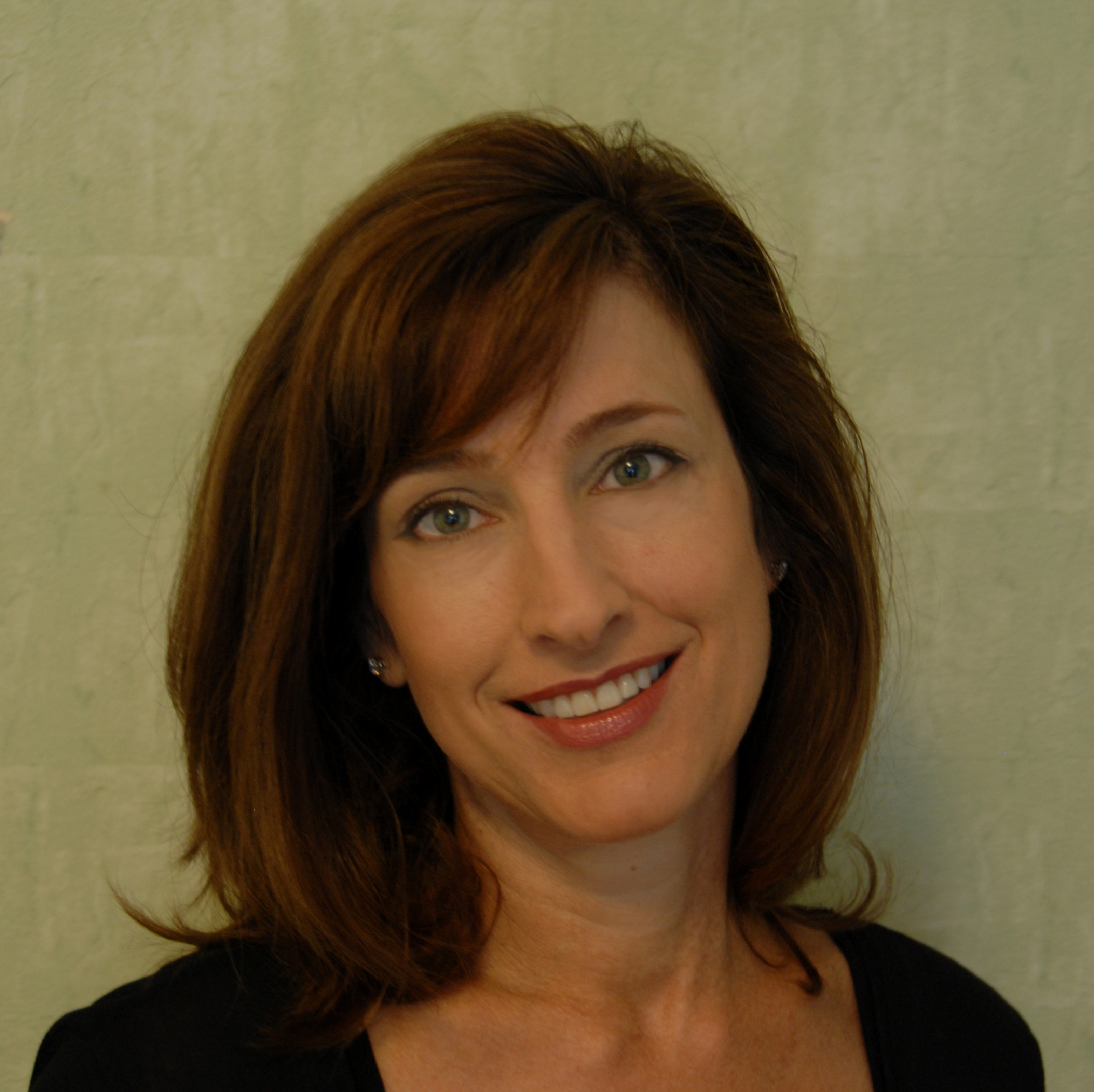 |
Susan Hubbard
Berkeley Lab - Earth Science Division, United States
TITLE OF TALK: Toward X-Ray Vision: Geophysical Signatures of Complex Subsurface Processes
Susan S. Hubbard is a staff scientist at Lawrence Berkeley National Laboratory, where she leads the Environmental Remediation and Water Resources Program. Her research focuses on advancing the use of geophysical methods for shallow subsurface characterization and monitoring, with a particular emphasis on development of data integration methods and application of those methods to water resource and environmental-remediation problems. She co-edited the first book on hydrogeophysics and is the recipient of the 2009 Frank Frischknecht award for leadership and innovation in near-surface geophysics. Susan is the 2010 GSA Birdsall-Dreiss Distinguished Lecturer.
|
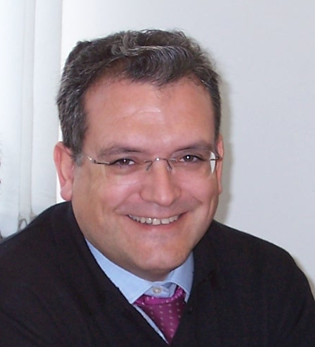 |
Antonio Huerta
Technical University of Catalonia, Spain
Antonio Huerta is full Professor of Applied Mathematics at the Universitat Politècnica de Catalunya (Barcelona, Spain) since 1993. In 1989, he was awarded the Thomas A. Jaeger Prize by the International Association for Structural Mechanics in Reactor Technology and in 2002 was elected Fellow of the International Association of Computational Mechanics. His research interests are focused in computational methods in applied sciences and engineering, in particular: finite elements and mesh-free methods, nonlinear computational mechanics, error estimation and adaptivity, convection-dominated flow as well as incompressible flows. He is member of several editorial boards of prestigious journals in numerical methods and engineering mechanics. He is the director of the Laboratori de Càcul Numèric (LaCàN), www-lacan.upc.es, of the Universitat Politècnica de Catalunya.
|
 |
Joe J. Monaghan
Dept. Mathematics and Statistics of the Monash University, Australia
Joe Monaghan was educated in Australia and completed his PhD in Cambridge UK. He has been a Professor of Applied Mathematics at Monash University in Australia for the last 20 years. His international reputation is largely due to his development of Smoothed Particle Hydrodynamics (SPH) in 1977 initially with Bob Gingold. The original applications were to the arbitrary motion of self-gravitating gaseous masses, principally stars and galaxies, though later extended to cosmological problems. Since that time Joe and his colleagues have extended the method to deal with fluid dynamical problems associated with a wide variety of problems especially those involving large distortion and splash. In Geology and Hydrology the method has been used to describe dam collapse, ice flows, the generation of waves by landslides and the flow of pyroclastic flows and lava. In Marine Engineering the method has been used to simulate green water wave impact, and the dynamics of oil rigs. SPH has also been used in Industrial problems to simulate liquid metal moulding, mixing, and resin injection. Recent work includes the dynamics of the fish-like motion of linked bodies moving through a fluid. SPH has become a basic tool for special effects in movies. Gollum falling into lava in the third Lord of the Rings movie was simulated using SPH.
|
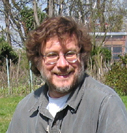 |
Gary Parker
W.H. Johnson Professor of Geology, Professor of Civil & and Department of
Geology, University of Illinois, USA
One of Prof. Parker's major research goals is to use the fundamental techniques of fluid mechanics and applied mathematics to treat interesting geomorphological problems. Related special research includes mechanics of river meandering; oceanic turbidity currents; sorting of mixed grain sediment by fluvial processes; bank erosion and protection using permeable dikes and vegetation; and reservoir sedimentation. Development of a mechanistic understanding of the processes involved with sediment transport in rivers and the ocean environment, and the morphologies they create, is of prime importance. River meander migration research has led to the development of computer models that predict channel shift and can therefore be used in the design of floodplain structures such as bridges, intakes, etc. In addition, research on depositional submarine fans has been found useful to oil companies as a means of helping locate oil deposits.
|
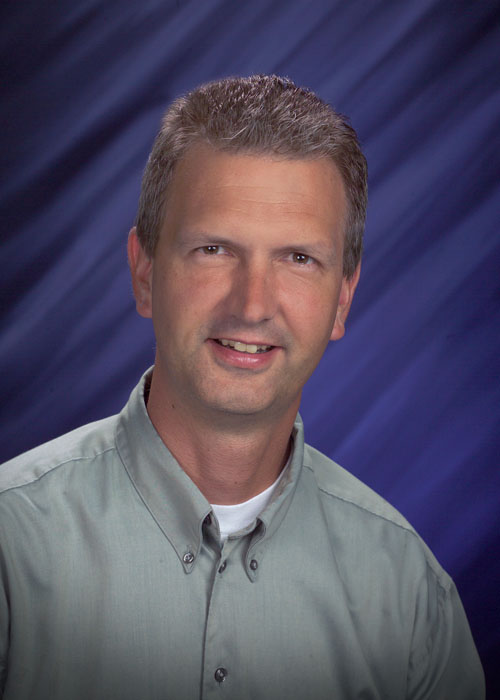 |
Tim Scheibe
Pacific Northwest National Laboratory, USA
His primary research focus is on characterization and modeling of natural subsurface heterogeneity and its impacts on biogeochemically reactive transport in groundwater systems. His research projects include both computational and field experimental elements. Recently, he has worked on problems in the area of subsurface biogeochemistry, including microbial transport in groundwater and bioremediation of metals and radionuclides. He is currently collaborating with computational scientists and applied mathematicians to simulate coupled flow, transport, and biogeochemical processes at cellular, pore and continuum scales..
|
|
|
|
|

